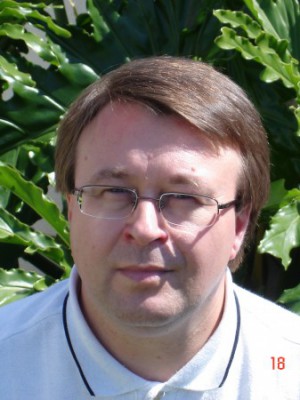resumo
The valorization of lignins as renewable aromatic feedstock is of utmost importance in terms of the use of sustainable resources. This study provides a deductive approach towards market-oriented lignin-derived antioxidants by ascertaining the direct effect of different structural features of lignin on the reactivity of its phenolic OH groups in the radical scavenging reactions. The antioxidant activity of a series of compounds, modeling lignin structural units, was experimentally characterized and rationalized, using thermodynamic descriptors. The calculated O-H bond dissociation enthalpies (BDE) of characteristic lignin subunits were used to predict the modification pathways of technical lignins. The last ones were isolated by soda delignification from different biomass sources and their oligomeric fractions were studied as a raw material for modification and production of optimized antioxidants. These were characterized in terms of chemical structure, molecular weight distribution, content of the functional groups, and the antioxidant activity. The developed approach for the targeted modification of lignins allowed the products competitive with two commercial synthetic phenolic antioxidants in both free radical scavenging and stabilization of thermooxidative destruction of polyurethane films.
palavras-chave
TECHNICAL LIGNINS; KRAFT LIGNIN; DEGRADATION BEHAVIOR; CHEMICAL-STRUCTURE; FRACTIONATION; EXTRACTION; POLYPROPYLENE; ORGANOSOLV; SOLVENTS; BIOMASS
categoria
Biochemistry & Molecular Biology; Chemistry
autores
Lauberte, L; Fabre, G; Ponomarenko, J; Dizhbite, T; Evtuguin, DV; Telysheva, G; Trouillas, P
nossos autores
agradecimentos
Financial support from the Czech Science Foundation (P208/12/G016), the Ministry of Education, Youth and Sports of the Czech Republic (project LO1305), and the student project IGA_PrF_2017_028 of Palacky University is gratefully acknowledged. This study was supported also by the Latvian-France collaboration programme OSMOZE and by the Latvian State Institute ofWood Chemistry Bioeconomy grant LigProBK. This work was supported by CICECO-Aveiro Institute of Materials, POCI-01-0145-FEDER-007679 (FCT Ref. UID/CTM/50011/2013), financed by national funds through the FCT/MEC and when appropriate cofinanced by FEDER under the PT2020 Partnership Agreement.


